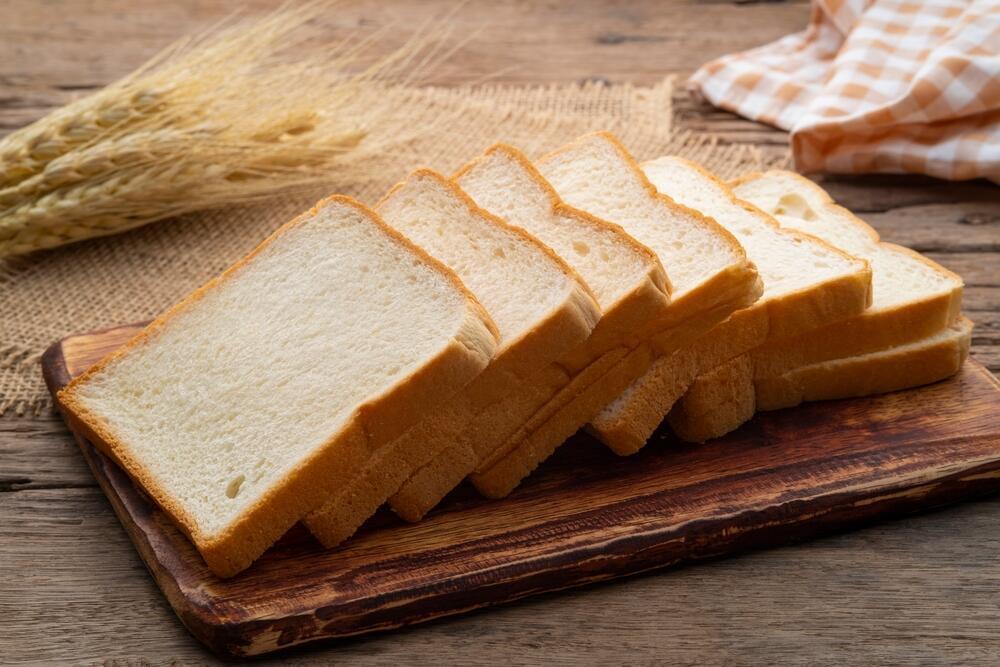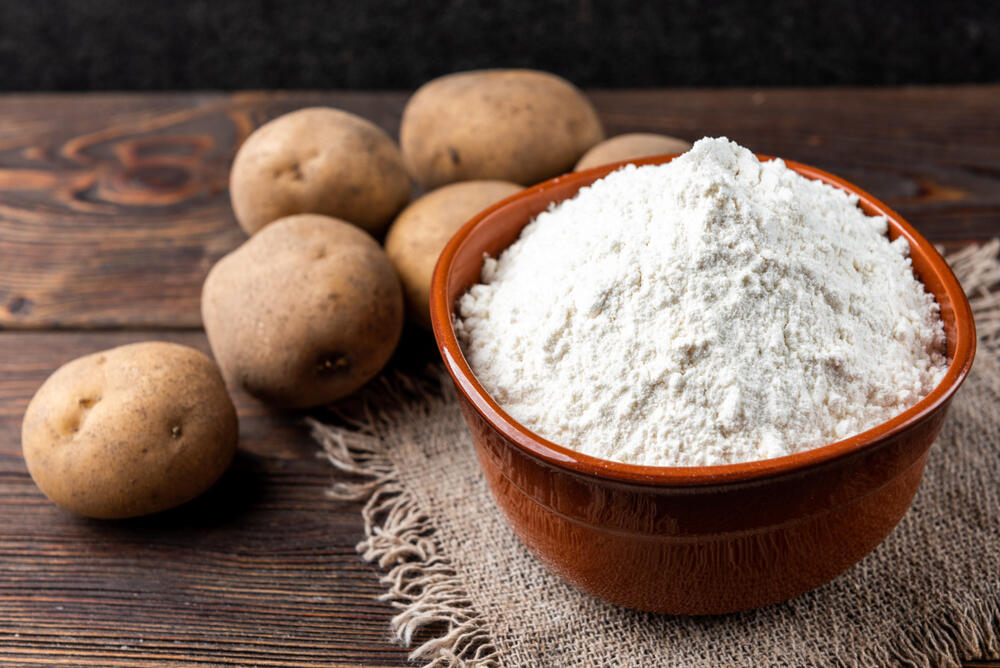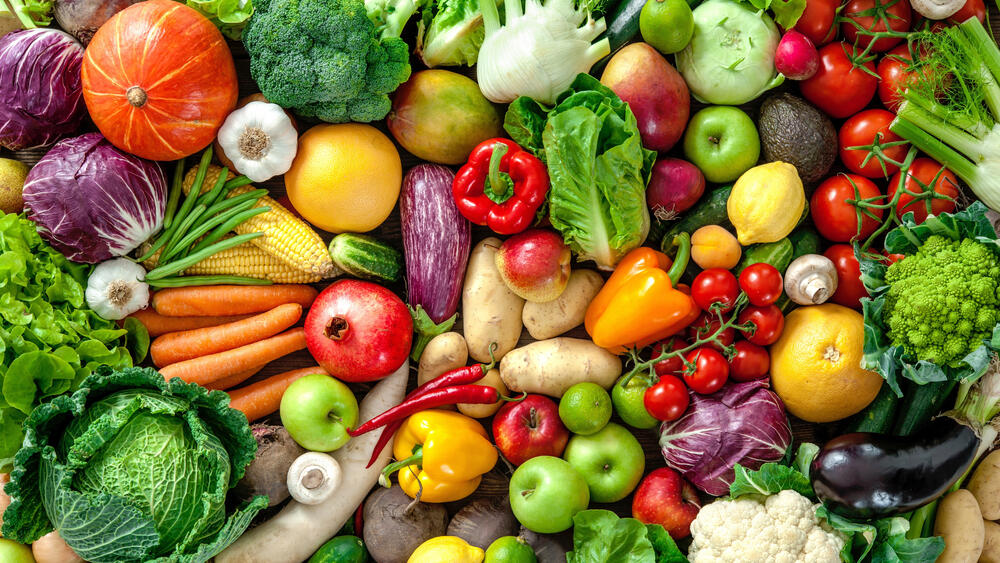Getting your Trinity Audio player ready...
No carbs at all, carbs once a day, healthy carbs, empty or whole: What's the best way to eat them?
Numerous diets, ranging from trendy ones like Paleo and Leptin to time-tested ones like Atkins and Ketogenic, advocate for significantly reducing carbohydrate intake or avoiding them entirely. While everyone enjoys eating carbs, many people avoid them, believing they lead to weight gain. So, what’s the real deal with carbohydrates, and what should you know about them?
Let’s start with the basics: Carbohydrates are one of the primary macronutrients that provide calories (alongside proteins and fats). They are the most prevalent organic compounds found in nature. There are three main types of carbohydrates:
- Monosaccharides (simple carbs): Single sugar molecules such as glucose, fructose and galactose (there are also oligosaccharides, which are essentially chains of 3-10 monosaccharide units).
- Disaccharides: Two sugar molecules linked together, such as lactose or sucrose, which break down into two monosaccharide units.
- Polysaccharides: Long chains of sugars, including starch, glycogen and cellulose.
Monosaccharides are absorbed from the intestines into the bloodstream. Sugar chains and disaccharides are typically broken down in the intestines by enzymes found in saliva and the digestive system. Once glucose enters the bloodstream, it moves into cells as a source of energy, making carbohydrates the primary energy provider for all cells in the body.
Insulin, a hormone, facilitates glucose entry into cells. It's important to note that insulin also increases appetite. Additionally, it is an anabolic hormone, meaning it builds tissues, which is why it aids in muscle building. However, many who avoid carbs emphasize that it also contributes to fat tissue formation.
In Type 1 diabetes (juvenile diabetes), where there is no insulin in the blood, insulin must be injected to allow glucose to enter cells for energy production. In Type 2 diabetes (more common in people who are obese or overweight), there are usually high levels of insulin, but it is ineffective and fails to "unlock" cells to glucose, keeping blood glucose levels high.
Interestingly, muscle cells do not need insulin to absorb glucose, which is why increasing muscle mass through exercise, especially strength training, is recommended. The more muscle one has, the more glucose enters the muscle cells, helping to normalize blood sugar levels.
What happens if you consume too many carbs or sugars?
Our bodies can store carbohydrates as glycogen (a chain of sugars) in muscles and the liver, but only in limited amounts. Once glycogen stores are full, excess carbs convert to fat. Therefore, if your carbohydrate and total calorie intake exceeds what your body needs (or expends), they will be stored as fat.
Simple sugars or refined complex carbs, like white flour or potatoes, are quickly absorbed into the blood, rapidly raising blood sugar levels. This is known as the glycemic index – the higher it is, the less desirable (the glycemic index of sugar and white flour is 100).
It’s important to note that any grain can be stripped of its bran, reducing its benefits and increasing its glycemic index. For instance, whether you eat white flour from spelt or wheat, there's no difference in how quickly glucose is absorbed into the blood.
If you add fat or protein to these carbs, they slow the absorption of sugars into the blood. Therefore, it’s recommended to pair fruits or fiber-free carbs with fats like nuts, avocado or tahini, and/or proteins such as yogurt, eggs or fish.
Carbs with fiber, such as whole grains and grains that haven't had their bran removed before milling or cooking (whole wheat, whole spelt, quinoa, brown rice, oats, barley, buckwheat, etc.), are not easily broken down by enzymes in the small intestine, so less of them are absorbed into the blood. What isn’t absorbed continues to the large intestine and positively influences several processes.
Carbohydrates from legumes, fruits and vegetables have high fiber content. During the transition from the small intestine to the large intestine, they reduce the absorption of fats and sugars. In the large intestine, they serve as an energy source and promote the growth of beneficial bacteria (the microbiota), which positively affect our health. The more diverse and abundant these microorganisms are, the better our health. Therefore, the more we consume fibers from a variety of grains, legumes, vegetables and fruits, the more we diversify and increase the quantity of these microorganisms.
Helping to prevent constipation
Fibers add bulk to stools and regulate bowel movements. Since whole grains contain high amounts of B vitamins, which are crucial for many bodily processes, and many minerals found in the bran, consuming different types of fibers reduces the risk of colon cancer, while avoiding grains removes many types of fibers from the diet.
Why are carbohydrates considered addictive?
Carbs increase serotonin levels. Serotonin is a neurotransmitter that connects the blood to the nervous system and brain, known to enhance feelings of calm, improve mood and reduce stress. Because we always want to feel better, some people become addicted to serotonin. The effect of carbohydrates leads to the perception that they are "comfort food." Additionally, all snacks, both salty and sweet, mainly contain carbohydrates. These processed foods include many substances that make us crave more of them.
Also, increasing insulin levels makes us hungrier and less satiated, leading to higher consumption. Finally, and no less importantly, many traditional dishes from various cultures are carbohydrate-based, making them beloved as part of home and traditional cooking.
 Dr. Sigal FrishmanPhoto: Rabin Medical Center
Dr. Sigal FrishmanPhoto: Rabin Medical CenterSo, how can you incorporate carbs in the right amount?
The recommendation is to stick as much as possible to non-ultra-processed foods. The closer the food is to its natural form, the more appropriately it will be consumed, and portion control will be better managed.
Sigal Frishman is a clinical dietitian at VirtualProductPresentation




